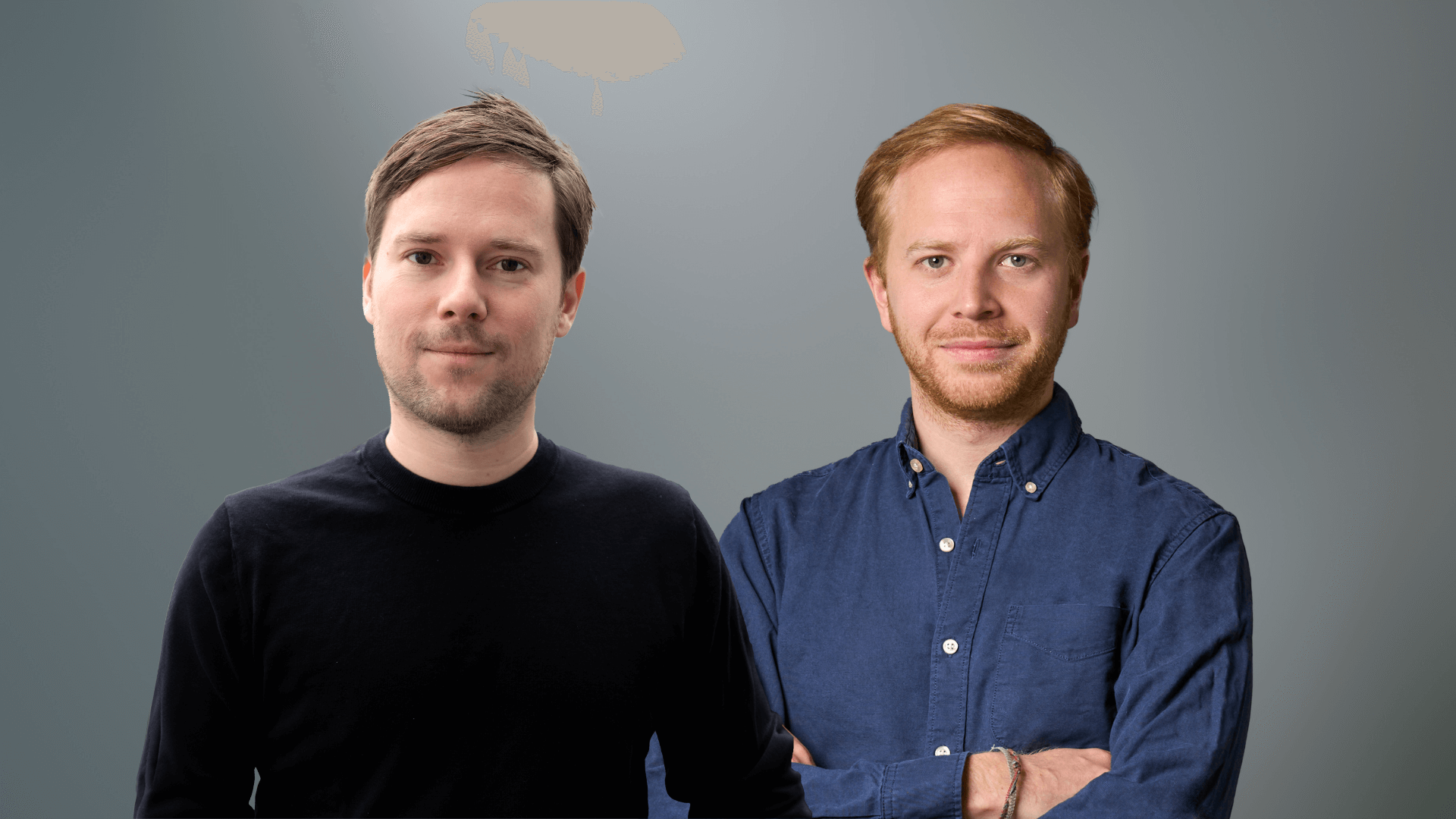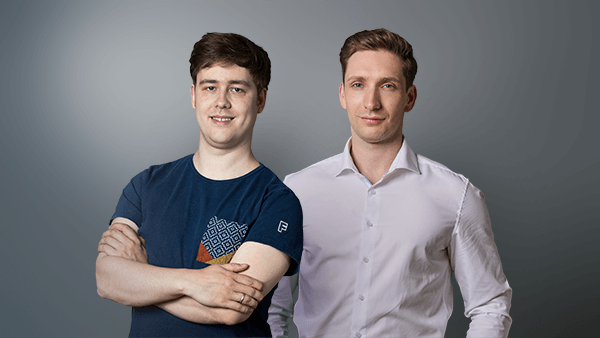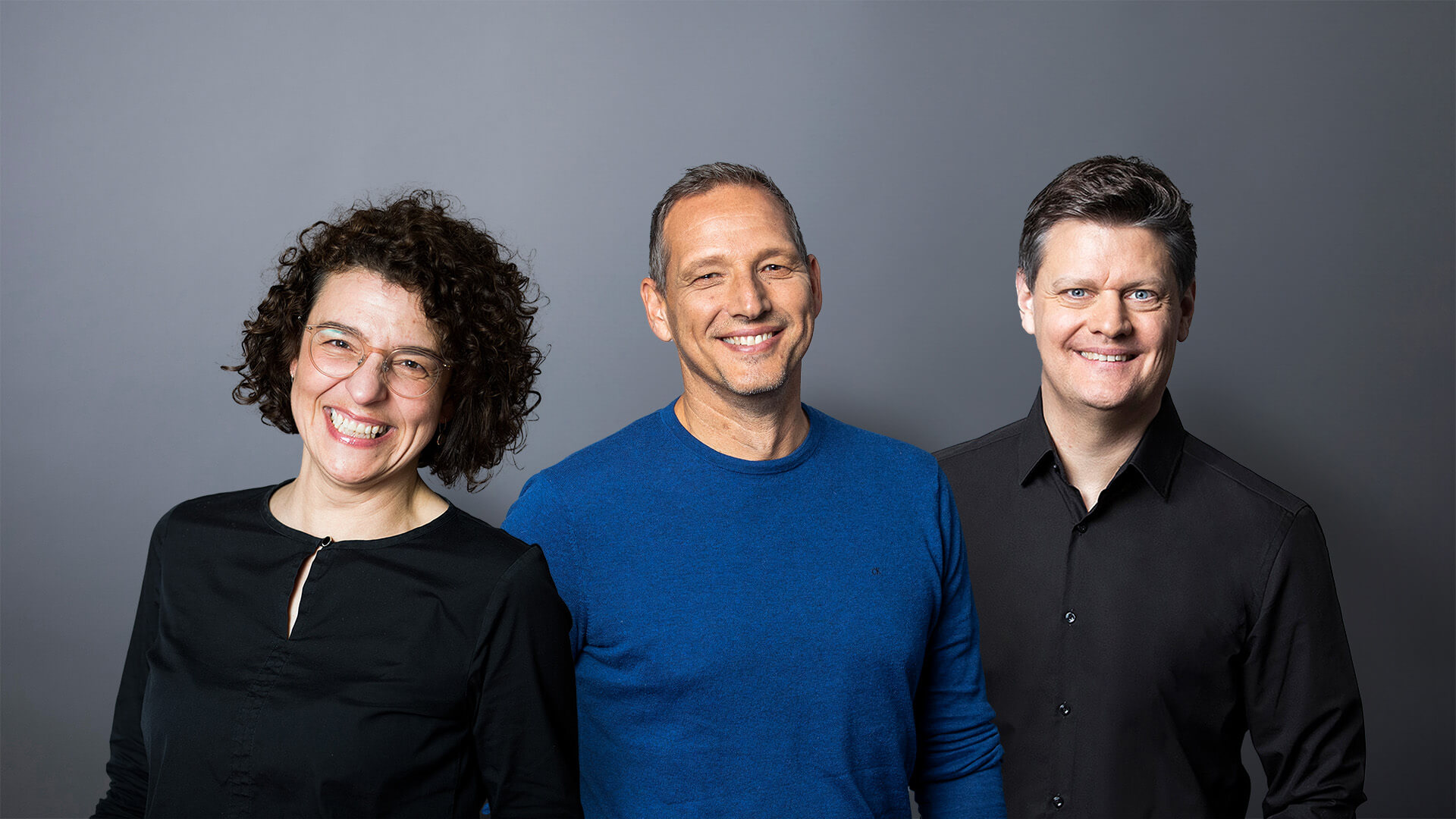How passion and expertise led to a billion-euro exit
As a High-Tech Gründerfonds (HTGF) partner, Dr. Bernd Goergen has just signed the most successful exit in HTGF history. US pharmaceutical company Gilead Sciences is set to acquire German biotech start-up MYR for roughly EUR 1.15 billion. In this interview, he speaks about the fight against Hepatitis D, drug development and his own personal successes.
Bernd, congratulations are in order! In 2011, HTGF took up a stake in MYR. And now you’re about to close a billion-euro deal. And yet you’ve said that there was an even more important moment in your own personal history with MYR. What was it?
The exit is obviously really great, truly fantastic, and I’m delighted. You might say that the sale is the icing on the cake. But it’s also true that perhaps the nicest moment came on 31 July 2020. It was late at night when I received the news that the drug, which MYR had taken from preclinical development to market launch, had received conditional approval from the European Medicines Agency. I got the champagne bottle out the very next morning.
What type of drug is it?
It’s called Hepcludex ® and it’s the first and only approved drug to treat chronic hepatitis D infections. Around 15 to 20 million people worldwide suffer from this disease and they will now be able to receive treatment.
Investments in life science companies often represent very long-term gambles. Numerous studies need to take place before a drug is approved. A lot can go wrong on the path to an exit. So what convinced you with MYR?
We got to know the founders in 2009. They had a really strong team. On the one hand you had Dr. Alexander Alexandrov, an expert with a great deal of experience and expertise in the field of drug development. On the other hand you had Dr. Jörn Möller, a co-founder who contributed a lot of financial expertise and formed the organisational backbone of the company. The scientific concept and the data that had been published back then were already excellent. So we initially invested EUR 500,000 in 2011 to get the company up on its feet and acquire further capital, which successfully took place.
Isn’t developing these types of drugs quite capital-intensive?
Yes, it costs money, but MYR worked extremely efficiently. For a long time, the company consisted of just the two founders. Even today, it only has around 35 employees. After the exit, I spoke to the original inventor of the active ingredient, Professor Stefan Urban, who is still researching hepatitis viruses at Heidelberg University Hospital. He compared the progress of MYR with that of a marathon runner who runs barefoot for almost 42 km and who the public only take notice of with surprise when he runs into the stadium for the last lap without any shoes on and wins the race. I think this is a really fitting analogy.
What makes this new drug so special?
Firstly, it’s important to know that people only ever have hepatitis D in combination with hepatitis B. Most investors probably expected that a cure would be found sooner for hepatitis B, which, in theory, would also solve the hepatitis D problem. However, this ignores the fact that there are millions of people who suffer from a chronic hepatitis D infection and who need to be helped. To this day, there is no cure for hepatitis B. I think that the appeal of the market and MYR’s speed of development was simply underestimated. Right from an early stage, however, we were convinced that it would make sense to do something about the smaller indication, hepatitis D, to see whether the drug could also be used to treat hepatitis B.
Why was that?
Hepatitis D is a bit of a scrounger. In order to replicate, it requires the shell of the hepatitis B virus, which it essentially “steals”. Hepcludex ® is what is known as an entry inhibitor. It works by blocking the docking stations on the liver cell surface and thus prevents the spread of the virus from cell to cell. Since the shells are identical, it is, in theory, a highly innovative approach to treating both viruses. However, the biology of the hepatitis B virus is much more complex, which is why a combination of several antiviral strategies is possibly the only path to successful treatment. Hepcludex ® might play an important part in this process, but there is a lack of clinical evidence so far.
You’re a hepatitis expert yourself. Did your expertise help you with the investment?
Definitely. Over the course of my degree and doctoral thesis, as well as my time as a postdoc and seven years of marketing in the field of hepatitis diagnostics, I was able to develop a strong understanding of the illness and establish a network of key thinkers on the issue. I also dealt with the subject in my subsequent time as an investment banker.
However, when it comes to investing, having in-depth technological expertise in a particular field means there’s always a danger that you’ll focus more on the risks and less on the opportunities, because you know about everything that might go wrong. I’ve dedicated the majority of my professional life to this subject and it seems as if we’ve struck the right balance at HTGF.
So this is also why the day the drug was approved was so important for you?
Like I said, I’m delighted about the exit. But the day the drug was approved was much more important for the people who’ll now receive treatment with the new drug.
Bernd, thank you so much for speaking to us.
* Gilead will acquire MYR for roughly EUR 1.15 billion in cash, which is payable on closing, in addition to a milestone payment of up to EUR 0.3 billion (both payments subject to customary adjustments). The closing of the transaction is subject to the expiration or termination of the waiting period according to the Hart–Scott–Rodino Antitrust Improvement Act and the receipt of merger control approvals in several European countries.


